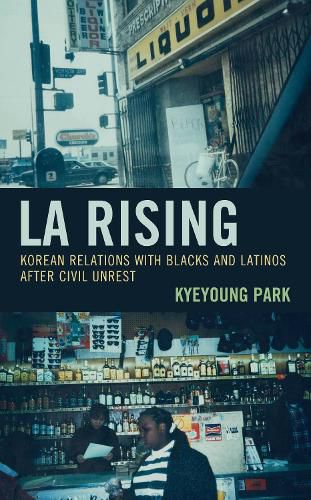Readings Newsletter
Become a Readings Member to make your shopping experience even easier.
Sign in or sign up for free!
You’re not far away from qualifying for FREE standard shipping within Australia
You’ve qualified for FREE standard shipping within Australia
The cart is loading…






The Los Angeles unrest in 1992 proved devastating for the Korean community and the city. More significantly, the beating of Rodney King and the subsequent acquittal of the officers involved in the incident have become a touchstone for discussing race relations and the criminal justice system in the United States.
In LA Rising: Korean Relations with Blacks and Latinos after Civil Unrest, Kyeyoung Park revisits the Los Angeles unrest of 1992 and the interethnic and racial tensions that emerged during the unrest. She examines how structural inequality impacted relations among Koreans, African-Americans, and Latinos. Park explores how race, citizenship, class, and culture were axes of inequality in a multi-tiered racial cartography that affected how Los Angeles residents thought about and interacted with each other and were emphasized in the processes of social inequality and conflict.
$9.00 standard shipping within Australia
FREE standard shipping within Australia for orders over $100.00
Express & International shipping calculated at checkout
The Los Angeles unrest in 1992 proved devastating for the Korean community and the city. More significantly, the beating of Rodney King and the subsequent acquittal of the officers involved in the incident have become a touchstone for discussing race relations and the criminal justice system in the United States.
In LA Rising: Korean Relations with Blacks and Latinos after Civil Unrest, Kyeyoung Park revisits the Los Angeles unrest of 1992 and the interethnic and racial tensions that emerged during the unrest. She examines how structural inequality impacted relations among Koreans, African-Americans, and Latinos. Park explores how race, citizenship, class, and culture were axes of inequality in a multi-tiered racial cartography that affected how Los Angeles residents thought about and interacted with each other and were emphasized in the processes of social inequality and conflict.